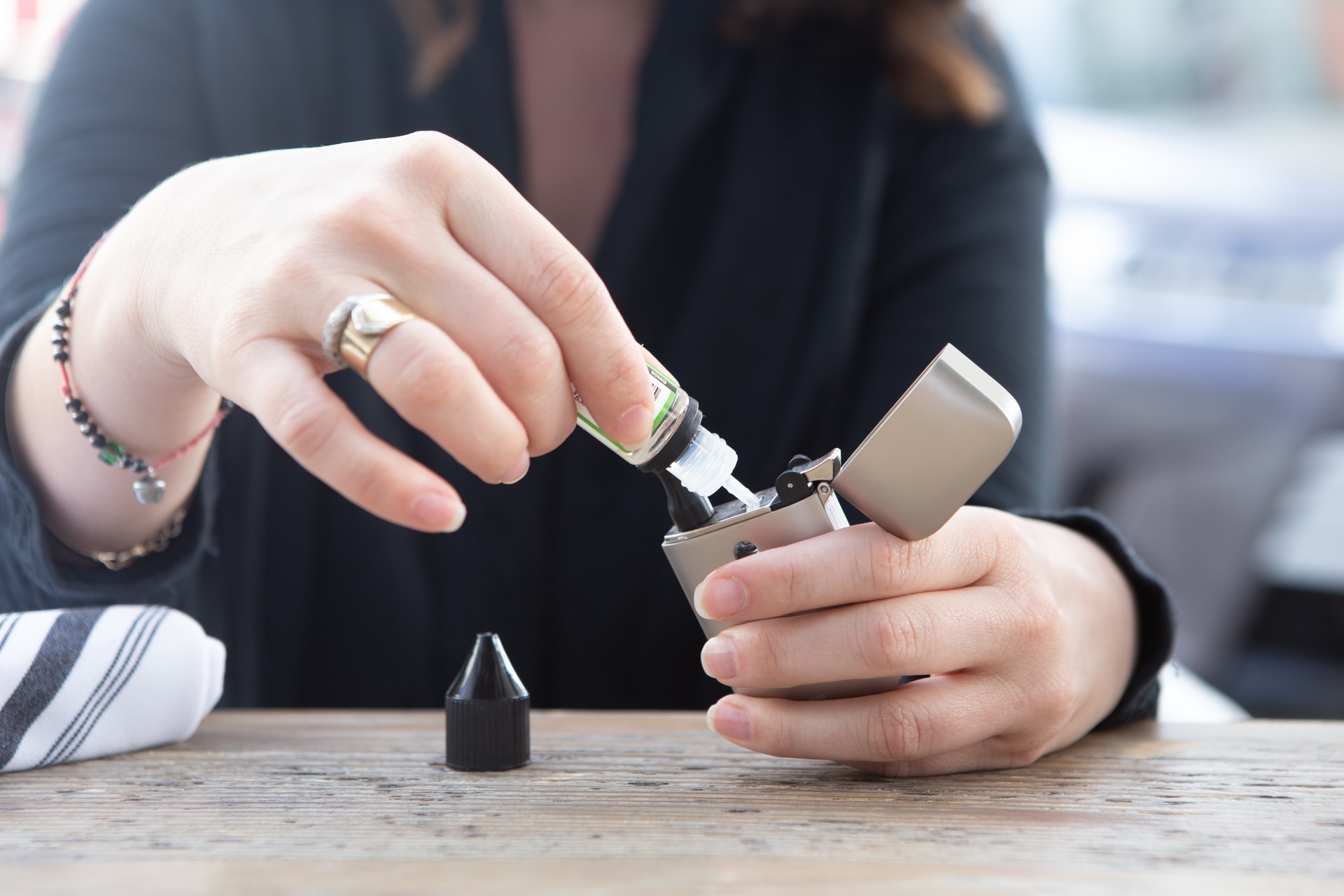After almost two years, The Smokefree Environments and Regulated Products Vaping Amendment Bill has been passed.
Key aspects of the new legislation include regulating both the safety of vaping products and how they are marketed, especially to young people.
The SMC asked experts to comment on the new law.
Dr Sommer Kapitan, Senior Lecturer of Marketing, Auckland University of Technology, comments:
“The Smokefree Environments and Regulated Products (Vaping) Amendment Bill that just passed will regulate vaping product accessibility and ban all vaping advertising. This is a huge step forward for an unregulated market that has allowed vaping rates to flourish among teens and young adults. Principals and parents have been alone on the frontlines of the battle against vaping use by children and youth, and as of November 2020, they will now have the Government’s support as advertising and sponsorship related to vaping products is fully prohibited.
“What remains, however, is point-of-sale marketing and on-site posters, which under the new rules do not need to include health warnings and R18 language until February 2022. New Zealanders have seen these colourful vape posters plastered across dairy counters since 2018. The availability of all flavours in easily accessible locales, including dairy and grocery stores, appears to continue unabated for another year until the ban limiting to three flavours comes into effect in August 2021. But what remains unclear in the bill in its current writing is just how far a ban on sponsorship and advertising goes: Can social media influencers show themselves vaping? Is product placement still allowed by big tobacco companies pushing adoption of this lifestyle choice to nonsmokers?
“For parents, teachers, and principals of today’s youth, this is a win, but a tepid win. Since the widespread use and adoption of sponsorship and marketing activities that promoted vaping as an attractive lifestyle choice in late 2018, nonsmokers and youth have embraced a habit that leaves them addicted to nicotine. There are still key questions to be answered about the limits to curb marketing efforts, which as a nation I hope the Government and PM will soon address.”
Conflict of interest statement: I have received funding from AUT’s Faculty of Business, Economics & Law to investigate the effects of the marketing and promotion of vaping on consumer choice.
Professor Chris Bullen, School of Population Health, University of Auckland, comments:
“Vaping should be seen as just one part of our tobacco control ‘system’, with the various components (pricing, restrictions on advertising and purchasing age, standardised packaging, support for smokers to quit, and so on) working in a mutually reinforcing way to achieve the goal of a Smokefree Aotearoa by 2025. The challenge for our legislators has been to find the right balance – the regulatory ‘sweet spot’ – within this system, whereby e-cigarettes are still legally available to help smokers to quit smoking tobacco while not encouraging vaping as a ‘lifestyle’ option for young people who don’t smoke to adopt.
“By and large, what has been passed is a positive step for public health. It provides greater clarity for retailers and consumers than has been the case for the past several years of regulatory limbo. Importantly, it will enable a system to identify and remove low-quality, potentially harmful products from the marketplace and to penalise unscrupulous retailers who sell or market to minors.
“However, there could be adverse consequences – for example, ex-smokers who now vape or use oral nicotine products to prevent relapsing to smoking may revert to smoking if they can’t access the brands or flavours that they need.
“It will be essential to monitor the impacts of these changes on different population groups as the legislation takes effect. If we’re not making rapid progress towards our Smokefree end goal, it is vital we have the ability to adjust the system using all the levers at our collective disposal.”
No conflict of interest.
